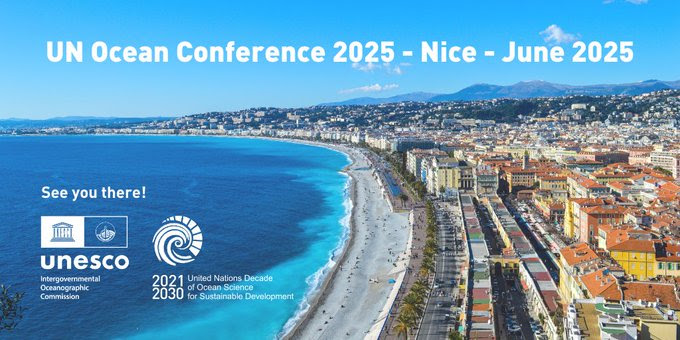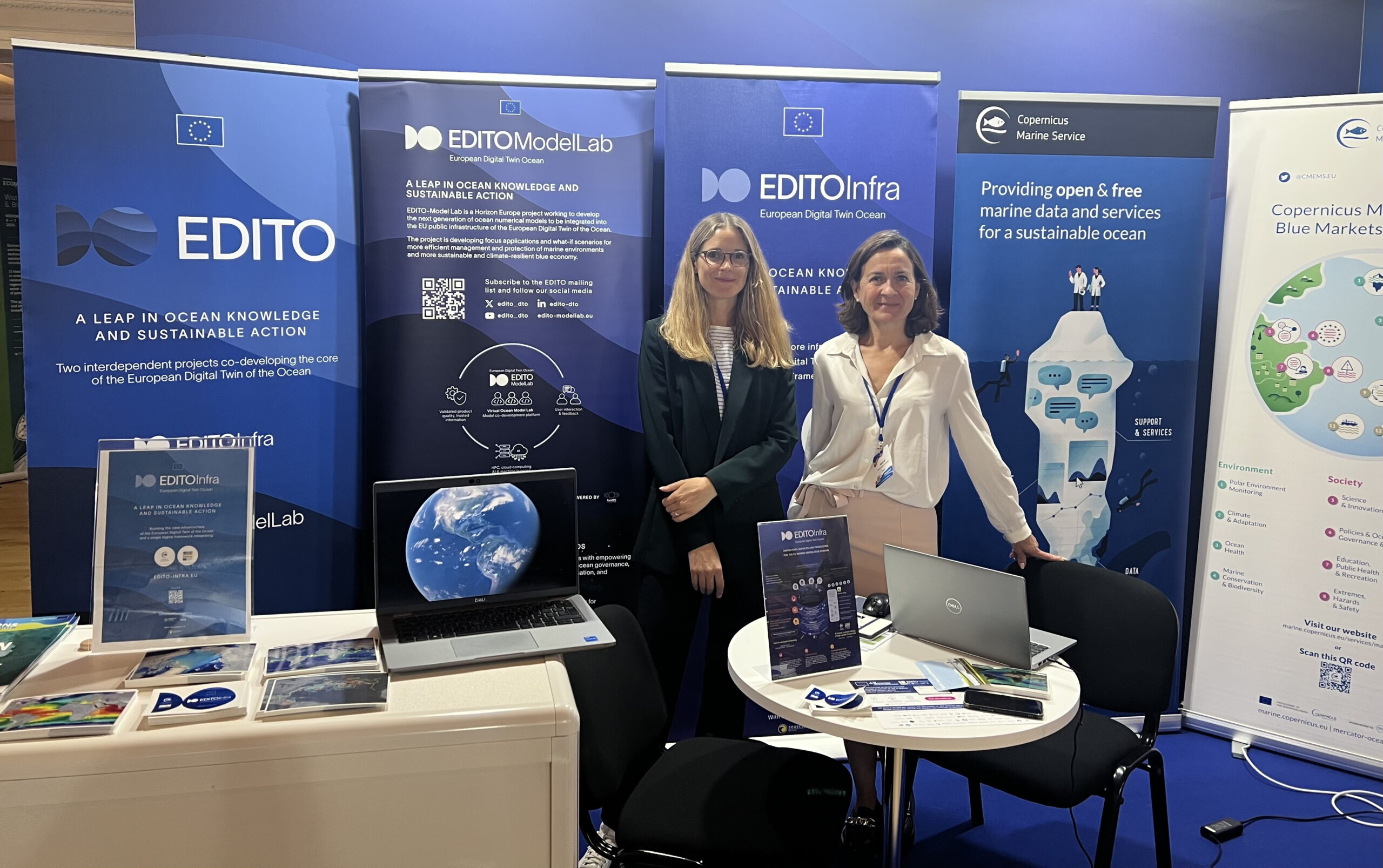Meet EDITO at the UNOC 2025
ISSUE IV | May 2025

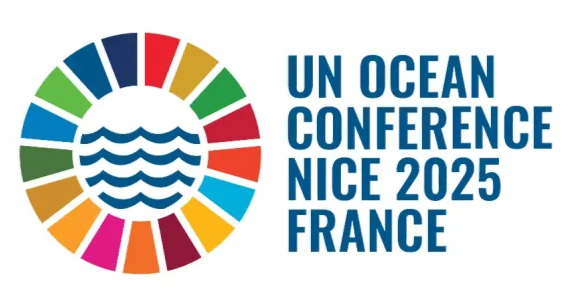
To the EDITO Community
We’re delighted to reconnect with you with a fresh update on our shared effort to make ocean knowledge accessible to all. As momentum builds around the European Digital Twin Ocean platform (EDITO), we’re proud to reflect on recent milestones and share exciting plans for the months ahead.
Over the past year, EDITO has gained remarkable traction, supporting pioneering science, enabling policy-relevant applications, and strengthening Europe’s leadership in digital ocean innovation. As we prepare for a summer of key international events, we look forward to engaging with the global community to demonstrate how EDITO is transforming data into action for our seas.
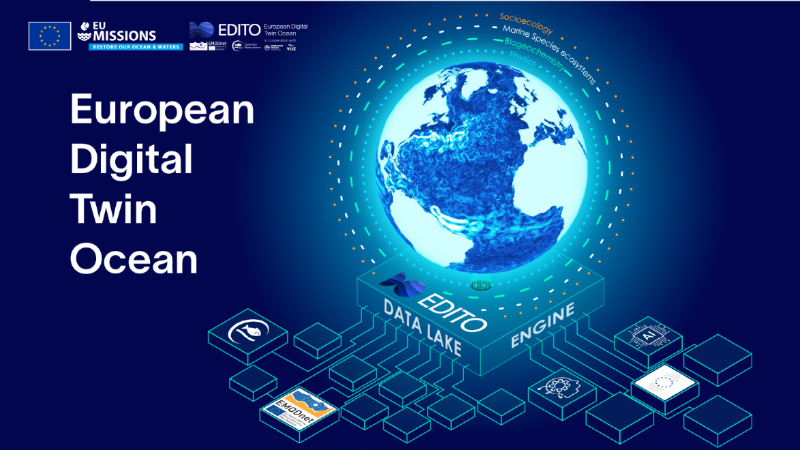

Recent activities: EDITO at European Maritime Day 2025
Earlier this month, EDITO was proud to exhibit at European Maritime Day (EMD) 2025 in Cork, Ireland (21–23 May). Our exhibition booth brought together partners from across the initiative to showcase the latest EDITO developments and demonstrate digital twin ocean tools and applications live to the EMD community. From What-if Scenarios to coastal resilience solutions, EMD 2025 was a unique opportunity to connect directly with marine stakeholders, coastal authorities, and innovators from across Europe.

Looking Ahead: EDITO at the 2025 UN Ocean Conference
From 2 to 13 June 2025, the European Digital Ocean Pavilion will open its doors in the Green Zone – also called “The Whale”, as part of the broader programme surrounding the Third United Nations Ocean Conference (UNOC) in Nice, France. While the official UN conference runs from 9 to 13 June, the Pavilion will be active throughout the full period, hosting high-level sessions, demonstrations, and side events. EDITO will be present across the two weeks, contributing to discussions and showcasing its work, including during the One Ocean Science Congress held from 3 to 6 June.
Funded by the European Commission’s DG DEFIS in partnership with DG RTD, DG MARE, and DG INTPA, and implemented by Mercator Ocean International, the Pavilion showcases Europe’s commitment to using digital innovation for sustainable ocean management and global collaboration.
Designed around three areas — INSPIRE, ENGAGE, and DECIDE — the Pavilion offers an interactive gateway to the EU Digital Twin Ocean, where visitors can explore marine dynamics, test scenarios, and access real-time insights through simulations and storytelling tools.
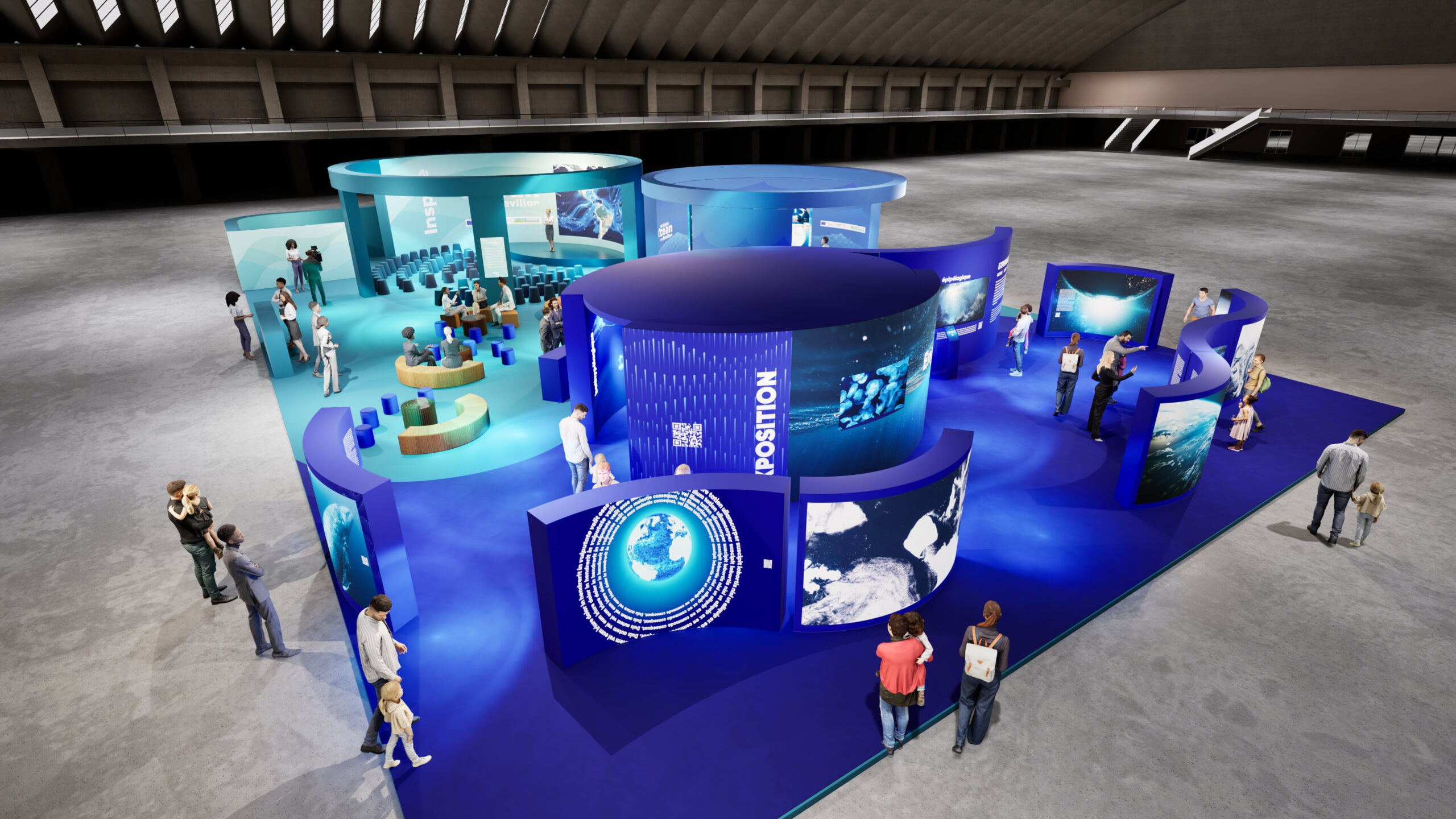

Meet us in Nice!
EDITO kicks off with multiple sessions during the One Ocean Science Congress, including a presentation on habitat suitability mapping to protect marine ecosystems and a session on next-generation ocean modelling. An EDITO-led poster exhibition will also run in parallel, showcasing our advances in digital twin applications for coastal resilience.
In this dedicated dialogue session, EDITO will demonstrate how digital twins make ocean data more accessible and inclusive by connecting it directly to communities and stakeholders.
At the INSPIRE Arena, EDITO-Model Lab will lead a hands-on training session for policymakers and other ocean stakeholders on using What-if Scenarios to explore marine policy impacts — from planning aquaculture to mitigating marine litter and enhancing biodiversity.
As part of this forum gathering meteorologists and meteo journalists, EDITO will lead a roundtable on the future of digital ocean applications and host a dedicated media workshop. The sessions will explore how digital ocean tools can enhance science communication, support weather and climate reporting, and foster greater public engagement.
This session will explore the global challenge of marine debris, highlighting its wide-ranging impacts and the need for consistent monitoring to guide effective responses. It also emphasised the role of data in numerical modelling of plastic pollution and demonstrated how the Digital Twin of the Ocean supports scenario-based analysis for science-driven policy and mitigation planning.
On World Ocean Day (Sunday, 8 June), EDITO will join the global community in celebrating the marine realm and in highlighting the critical importance of protecting our ocean. On Monday, 9 June, EDITO will support discussions about the Ocean Pact and how digital innovation can fast-track SDG14, offering new mechanisms for monitoring and protecting marine ecosystems.
Closing out the programme, EDITO-Model Lab will launch a 4-month hackathon in which numerical model developers and data scientists will test real-world applications — from oil spill simulation to plastic pollution tracking — directly on the EDITO platform.

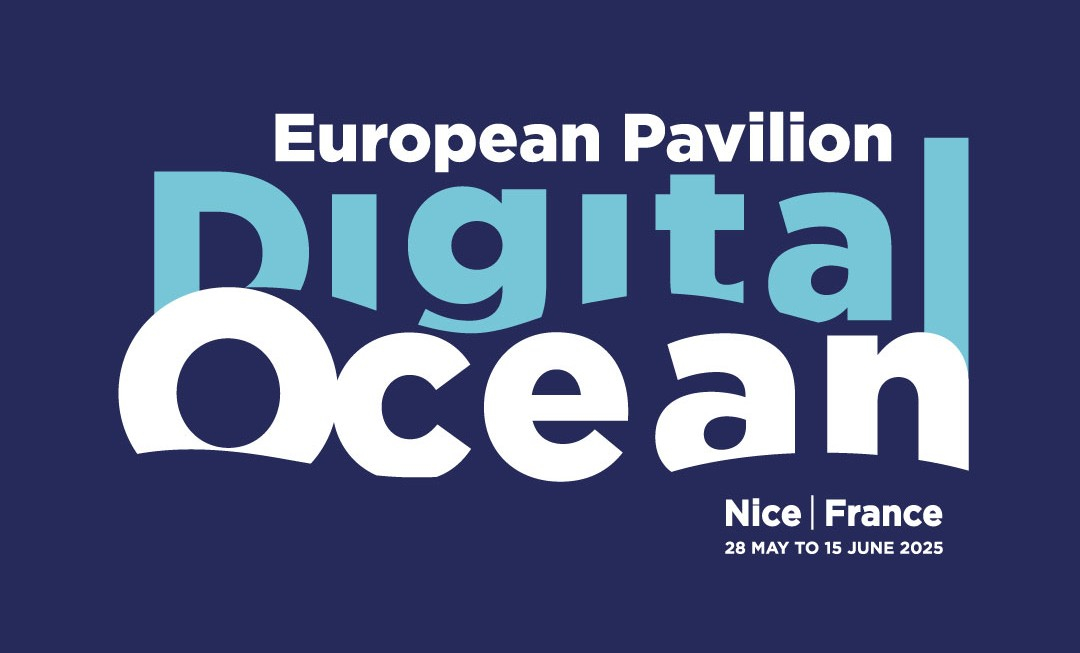
Explore the Three Areas of the EU Digital Ocean Pavilion in Nice
INSPIRE
Daily sessions tackling ocean challenges, EU policy, and science-based solutions.
DECIDE
A live control room showcasing how digital tools support actionable ocean governance.
ENGAGE
An interactive exhibition space with VR demos, storytelling, and digital tools to bring the ocean closer to everyone.
Register to see how the EU is transforming ocean knowledge into lasting action!

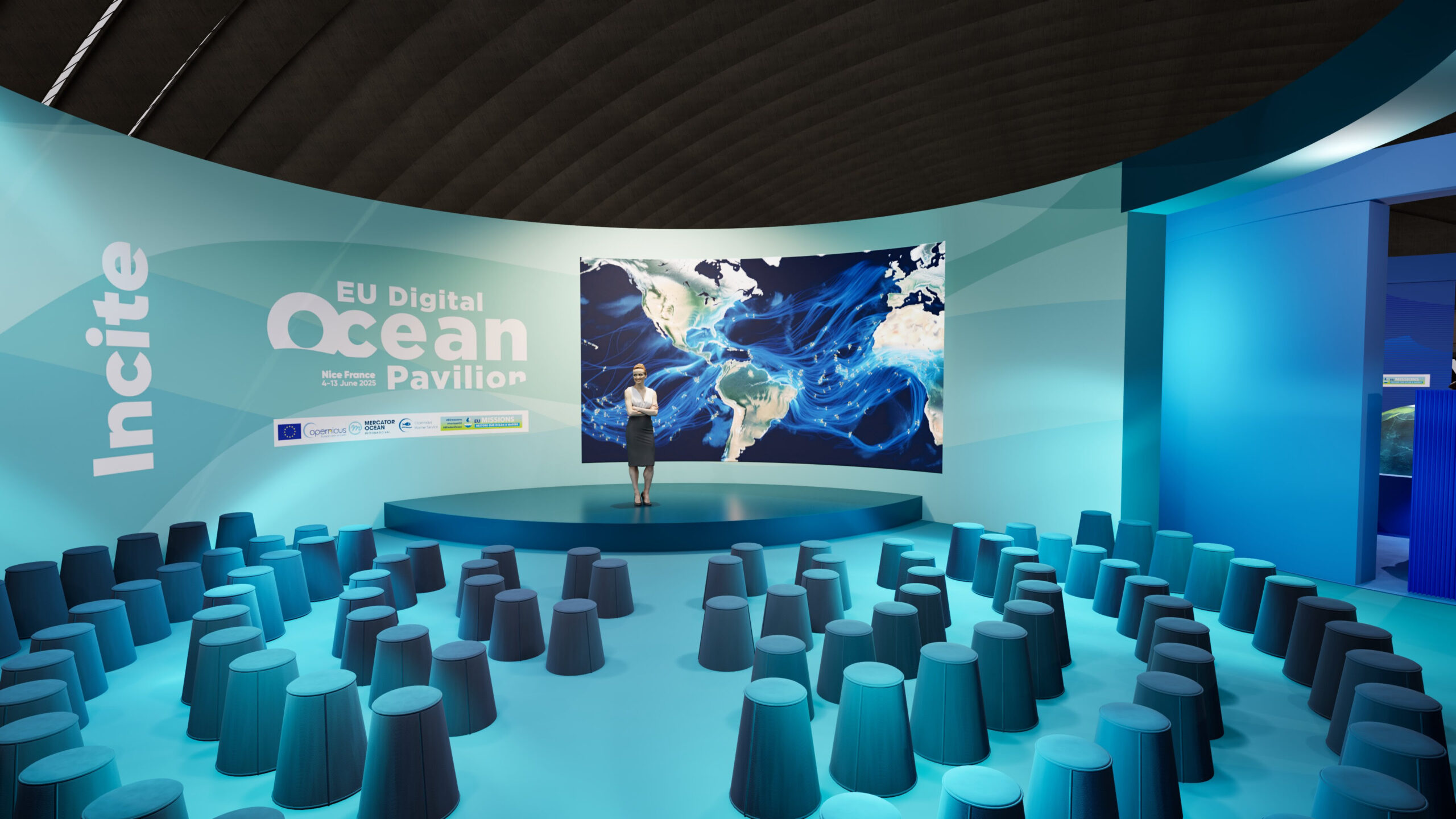
STAY CONNECTED
Follow us on social media to ensure that you will not miss any of the action in Nice:
